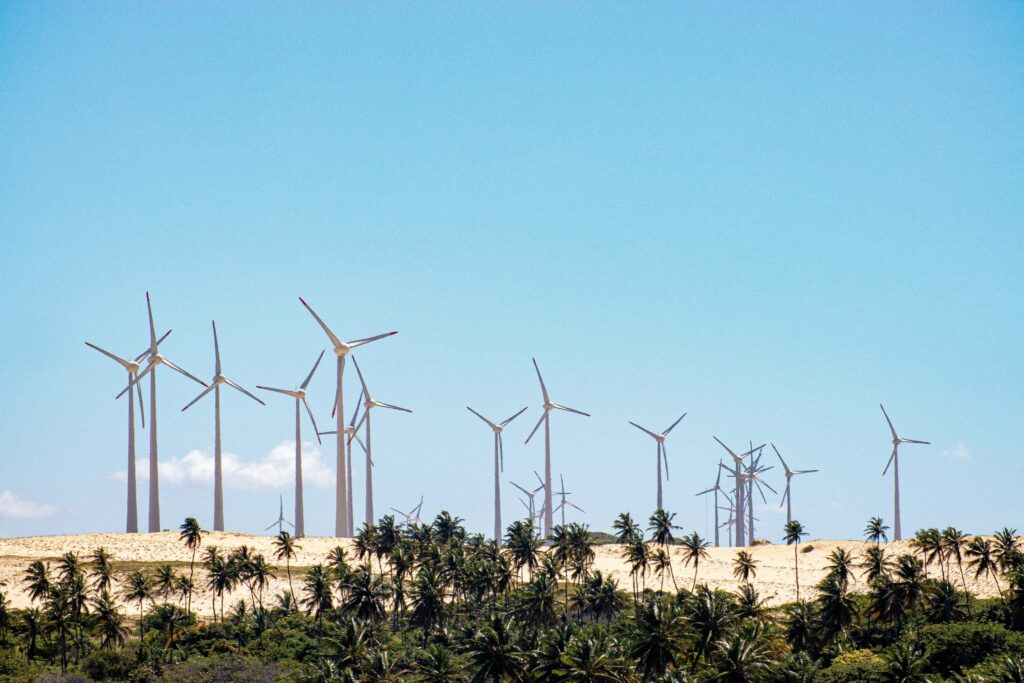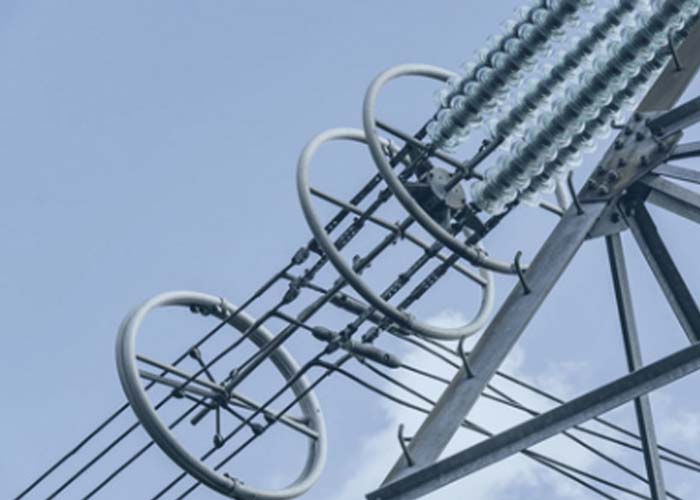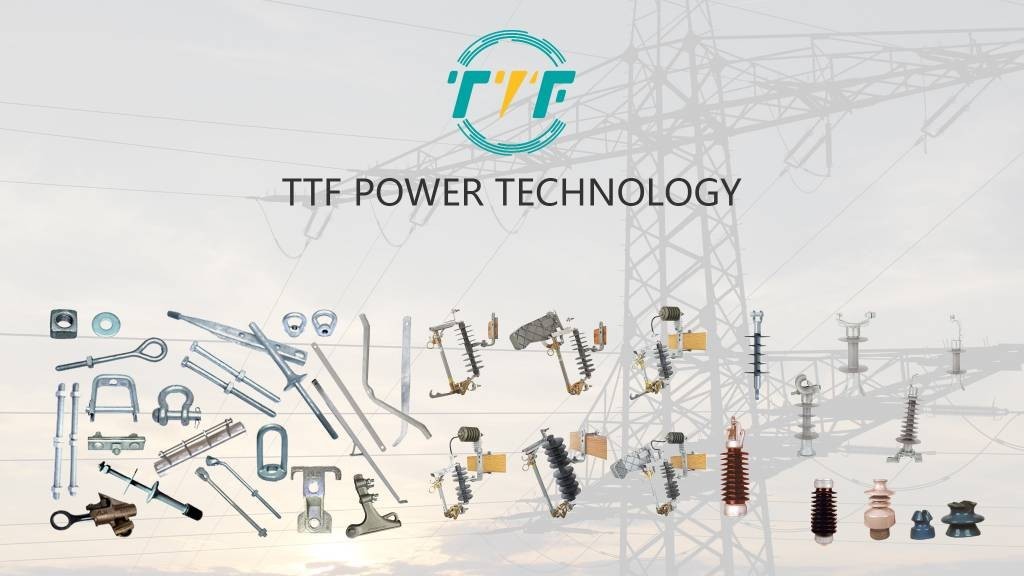
Energy efficiency is the first fuel in clean energy transitions, providing cost-effective CO2 mitigations. South America is exploring energy efficiency technologies to reduce energy consumption and enhance energy security. South America’s shift towards energy efficiency arises from the need to reduce costs, lower carbon emissions, and enhance energy security. Innovative technologies contribute to sustainable development. The region can enhance energy access by contributing to innovative solutions across the energy sector. The presence of favorable government policies, international cooperation, and private sector investments enables the development of energy efficiency technologies. Corona rings reduce the electric field strength around the conductor, reducing corona discharge.
Corona discharge is an electrical phenomenon where air molecules surrounding a conductor become ionized, leading to energy loss as heat or noise. The rings contribute to a more efficient transmission of electricity over long distances. The improved efficiency allows for the delivery of more power to consumers with minimal losses. This helps to enhance the energy efficiency of the electrical grid. The use of corona rings on high-voltage transmission lines is vital for reducing energy losses. This leads to reduced energy consumption, lower operational costs, and a smaller environmental footprint.
Importance of corona rings in energy efficiency technologies
Corona rings play a crucial role in enhancing the efficiency and reliability of high-voltage transmission systems. The rings are crucial in the expansion of renewable energy capacity and rely on high-voltage infrastructure. This helps integrate and distribute electricity from power sources. They reduce energy losses, protects infrastructure, and supports the integration of renewable energy. Discussed below are the functions of corona rings in energy efficiency technologies.

- Reducing energy losses—high-voltage transmission systems are prone to corona discharge. Corona rings help distribute the electric field evenly to prevent corona discharge and reduce losses.
- Protecting infrastructure—corona rings protect high-voltage components such as insulators from excess stresses. This enhances the durability and reliability of the transmission lines in remote areas.
- Renewable energy integration—the development of large-scale solar and wind projects needs efficient high-voltage transmission. Corona rings ensure the stability of the transmission systems and reduce maintenance costs.
- Enhancing grid resilience—the rings ensure that high-voltage systems operate under challenging weather conditions.
Energy efficiency technologies in South America’s energy sector
Energy efficiency technologies address the unique challenges and capitalize on the abundant renewable energy sources. South American countries is continuing to modernize infrastructure and integrate advanced solutions. This is to achieve energy sustainability. The following are the technologies enabling energy efficiency in South America.

- Smart grids and advanced metering infrastructure (AMI)—these technologies reduce transmission and distribution losses. They also enable real-time monitoring, and integrate renewable energy sources.
- Renewable energy integration—this includes hydropower optimization, which modernizes turbines and improves water flow management. Hybrid systems use battery storage systems to smooth energy delivery. This in turn helps reduce reliance on backup thermal plants.
- Green construction—automation systems for HVAC, lighting, and energy management are being adopted in urban centers. Use of insulated materials and reflective coatings enhances energy savings.
- Transportation electrification—electric vehicles and metro systems reduce energy use and emissions and optimize electricity usage.
- Energy management systems—these systems track and control energy consumption to identify inefficiencies, optimize operations, and ensure compliance with energy savings.
- Distributed energy resources—microgrids integrate local renewable energy sources with battery storage. This is to ensure reliable and efficient power supply.
Challenges facing energy efficiency technology implementation in South America
Energy efficiency technologies offer opportunities to advance energy sustainability in South America. They, however, face several challenges that hinder their development and widespread implementation. The challenges arise from financial, policy, and cultural issues. Corona rings help to address various challenges in infrastructure needed for energy efficiency. TTF is a world-class global provider of high quality overhead line hardware, transmission hardware, distribution hardware, conductors, insulators, cutout switches, anchoring and grounding products. These components are essential for the construction of projects enhancing energy efficiency in South America. The following are the challenges facing the implementation of energy efficiency technologies.

- Access to financing—energy efficiency technologies such as smart grids, energy-efficient appliances, and renewable integration systems need initial investments. Limited access to stable financing options may deter private and industrial adoption.
- Outdated infrastructure—many electricity grids in the region are not able to handle modern energy efficiency technologies.
- Policy challenges—energy efficiency standards and regulations vary between countries, leading to fragmented markets. Political cycles favor short-term energy projects over long-term investments in efficiency.
- Technical expertise—there is a shortage of trained professionals to design, install, and maintain energy-efficient systems. Insufficient investment in research and development reduces innovation and limits the adaptation of technologies in South America.
